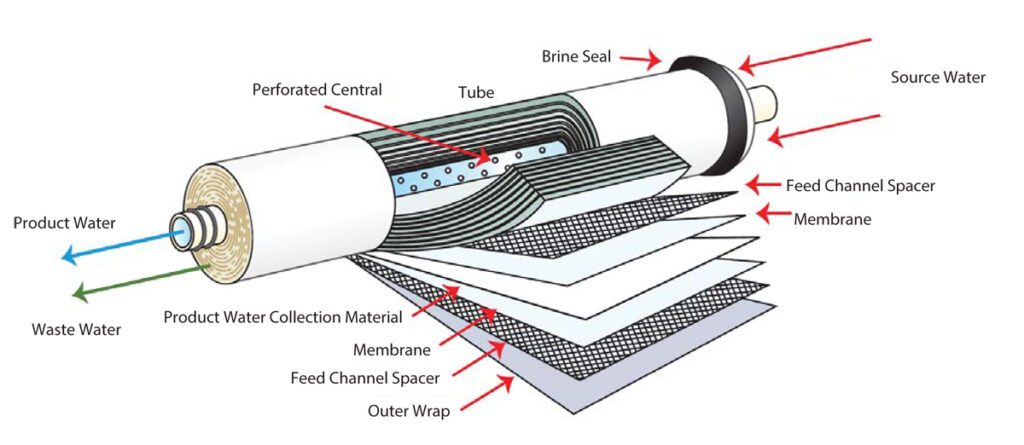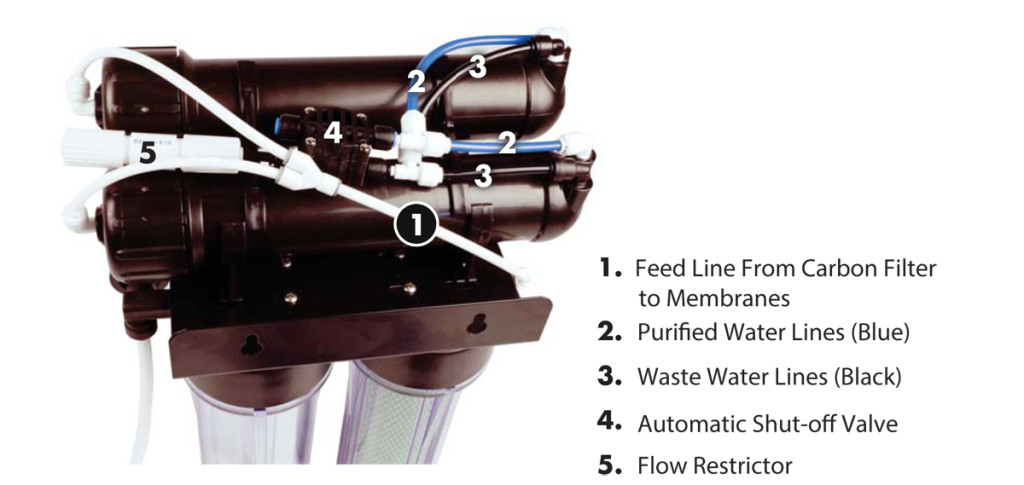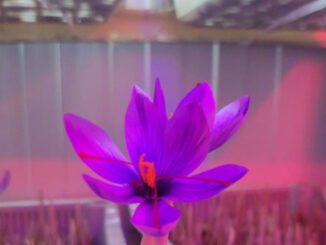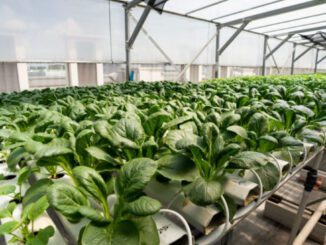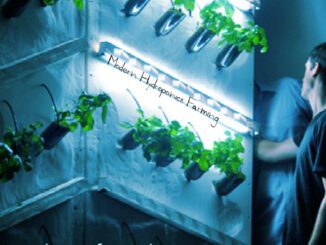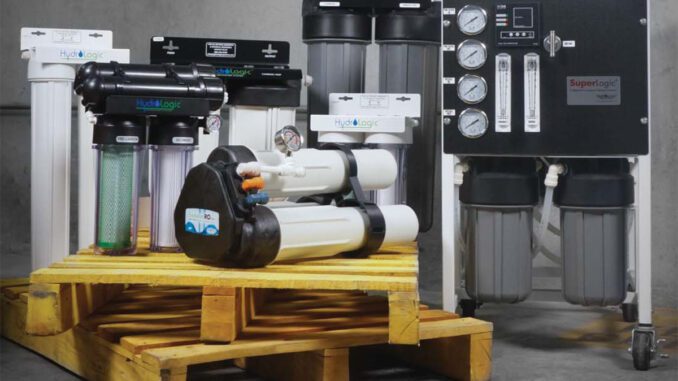
RO Filters for Hydroponics Understanding Reverse Osmosis
by Richard Gellert
www.hydrologicsystems.com
[quote]The RO membrane acts as a barrier to all dissolved salts, minerals and inorganic molecules, as well as most organic molecules.[/quote]
Plants cannot grow properly when they are fed contaminated water. That is a fact that any experienced gardener would agree with. Water is the basis for all nutrient formulas as well as foliar sprays. If starting with a base of dirty water, you are either giving too much or not enough of the crucial elements that your plants are dependent on for thriving and providing amazing harvests. So, the cleaner your base water, the more precise you can be while mixing up the perfect formula for your fertilizer and foliar mixtures.
Cleaning your water with reverse osmosis technology assures the finest level of filtration available. RO machines remove virtually 99 per cent of all contaminants from your water giving you the purest base to start with.
This article addresses some of the key points of RO Filters for Hydroponics Understanding Reverse Osmosis. It’s of utmost importance to understand how these filters work and what steps to take to ensure the best performance and many happy harvests.
The Basics of RO Technology
All RO filters have pre-treatment stages consisting of sediment and a carbon filter, and one or multiple membrane stages. The RO membrane acts as a barrier to all dissolved salts, minerals and inorganic molecules, as well as most organic molecules. Pure H2O molecules pass freely through the membrane creating a purified product, or permeable stream. The rejected contaminants are forced away from themembrane and out a drain, or waste water stream. Hence, all RO machines have a feed water inlet, a product water stream and a waste water stream.
The waste to product water ratio can vary depending on what type and configuration of membranes are being used as well as what size flow restrictor is used on the waste stream. This restrictor forces a certain percentage of the feed water to pass through the membrane, out the product stream, while rejecting a large percentage away and out the waste stream taking the contaminants with it. Typical residential drinking water systems operate at 5:1 waste to product ratios while industrial RO’s, with high powered pumps and waste recirculation technology, can operate at 1:1 ratios.
The waste to product water ratio is also dependent on incoming pressure.
The closer the psi is to optimal for the given membrane the closer the ration will be to the restrictor that is specified for the system.
Three main factors influence the flow rate of the final product stream:
inlet PPM, pressure and temperature.
Most RO membranes are rated at gallons per day (24 hours period) under the following parameters: 500 PPM, 77°F and 60 PSI. So, a 100 GPD (gallon per day) RO filter will achieve that flow rate if these factors are met. The higher the PPM of the feed water, the slower the product flow and the life of the membrane will also be shortened.
Slow product flow can be directly related to low temperature and inlet pressure.
An understanding of how RO works will allow you to get top performance out of your system. RO can be the magic bullet for the best results achievable in all your projects. The applications for RO are numerous and varied, and include desalination of seawater or brackish water for drinking purposes, waste water recovery, food and beverage processing, biomedical separations, purification of home drinking water, industrial process water and hydroponics and gardening.

